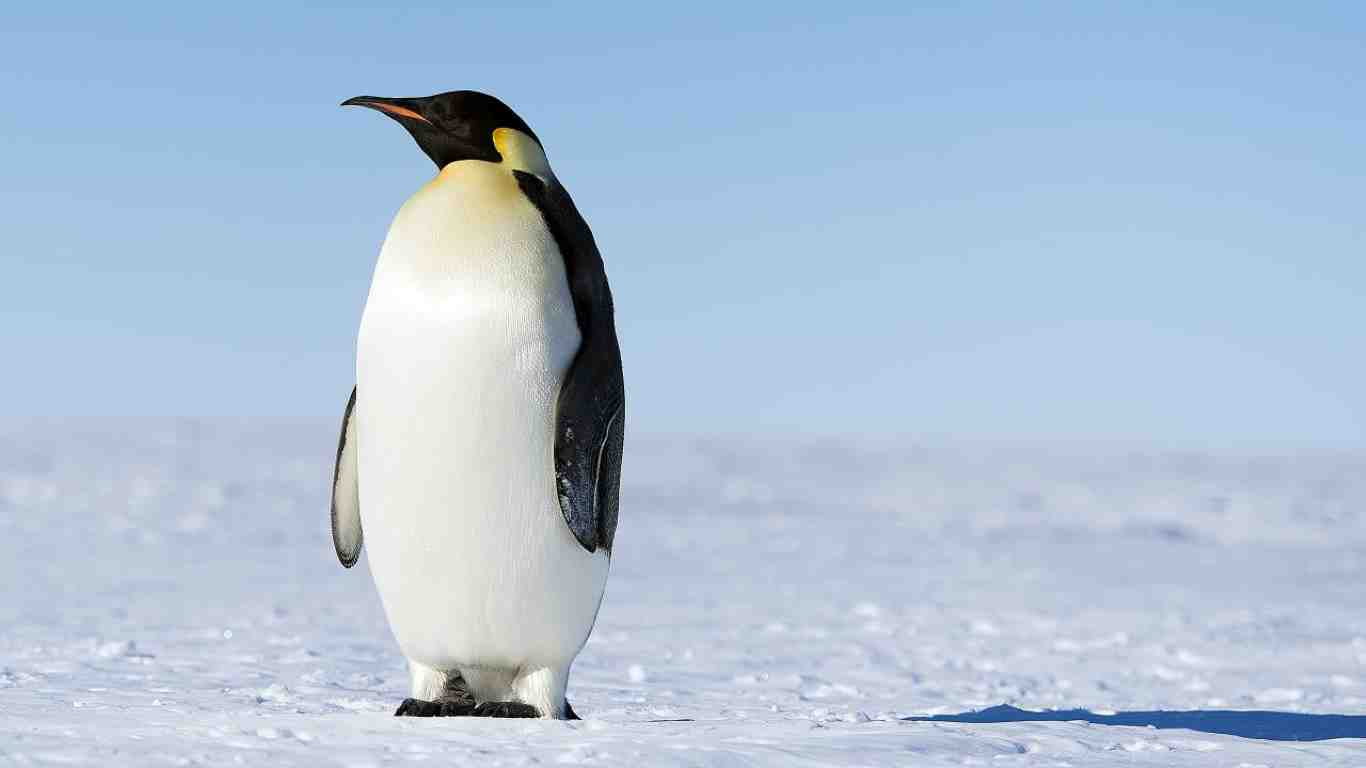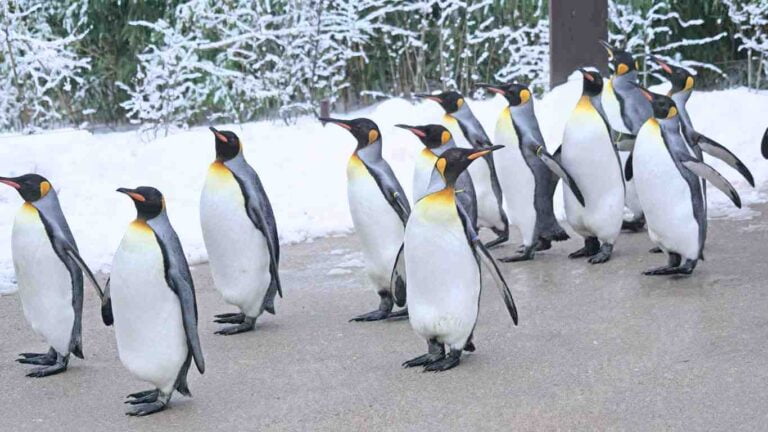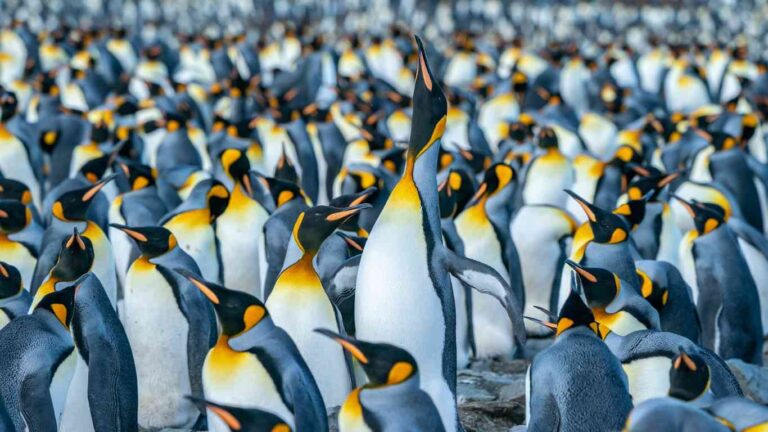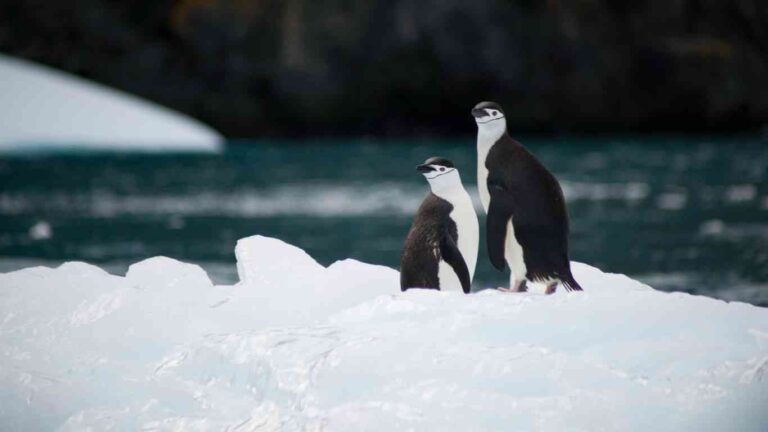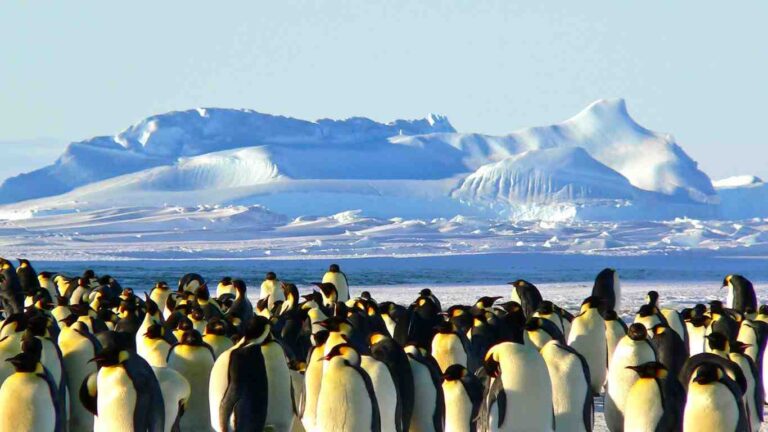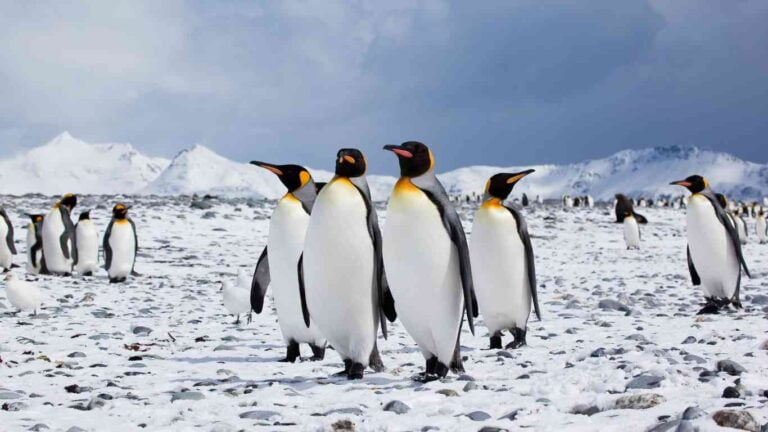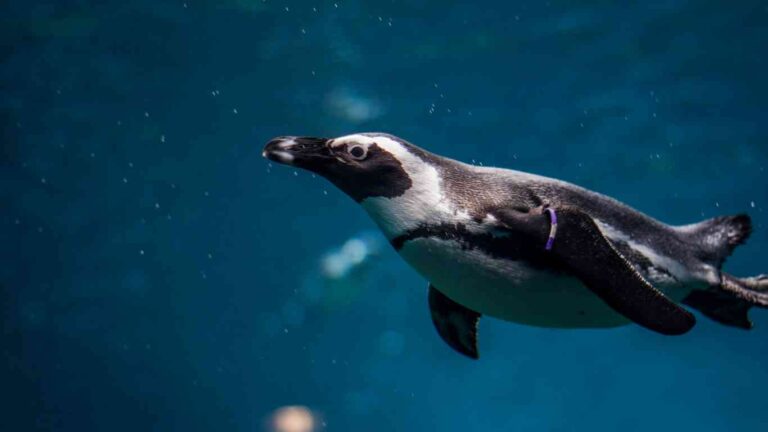Are Penguins Birds? A Quick Dive into Facts
In the icy seas of the Antarctic, a remarkable group of feathered creatures thrives – penguins. Yes, despite their unusual appearance and aquatic prowess, penguins are indeed birds.
These extraordinary animals have captured our imagination with their waddling gait and charming behaviors. But what exactly classifies them as birds, and how do they differ from their high-flying relatives in the skies? Let’s find out.
Are Penguins Birds?
Penguins are indeed birds, belonging to the class Aves like other birds. They are members of the scientific order Sphenisciformes and the family Spheniscidae.
Penguins’ skeletal structure and genetic data from both living and fossilized samples confirm their position in the bird family tree.
Penguins as birds share many typical characteristics with other birds, including being warm-blooded, having feathers, and laying eggs.
Unlike most birds though, their wings have evolved into flippers that are incredibly effective for swimming through water rather than for flying through the air.
Penguins frequently use vocalizations to communicate, similar to how birds chirp and sing, employing a variety of calls for mate selection, marking territory, and strengthening family ties.
Penguins, similar to many birds, exhibit complex social behavior.
They establish colonies with defined hierarchies, participate in elaborate mating displays, and exhibit cooperation, traits common in avian social structures.
Penguins have uniquely adapted to a flightless, aquatic lifestyle, a role that no other birds fulfill in quite the same way.
Traits seen in ancient birds like Archaeopteryx are also present in modern penguins, demonstrating their common evolutionary heritage.
What Makes Penguins Birds?
Penguins most certainly fit within the Aves class, which is the same category that includes all bird species, though they might not look like your typical bird at first glance.
Here’s the rundown on what makes a penguin a birds and not some other kind of creature:
1. Penguins belong to the class Aves
Penguins belong to the class Aves which comprises all bird species. Within this class, they are categorized under the order Sphenisciformes and the family Spheniscidae.
2. Penguins have feathers evolved into flippers
Like other birds, penguins have feathers and wings, but their wings have evolved into flippers adapted for swimming in the water rather than flying in the air.
3. They are warm-blooded
Penguins are warm-blooded, maintaining a constant body temperature like other birds, despite living in cold environments.
4. Penguins lay eggs and care for offspring
Penguins also share the characteristic bird trait of laying eggs. They care deeply for their offspring, often going to great lengths to ensure the survival of their young through various breeding strategies.
5. Penguins have avian (bird) like skeletons
The skeletal structure of penguins adheres to the avian anatomy which resemble birds. A lightweight yet robust skeletal framework which supports their aquatic lifestyle.
6. Penguins have beaks or bills
Every bird species comes with a beak or bill and penguins also share this trait. Their beaks are adapted to their diet, which largely consists of fish, and helps them in their aquatic habitat.
7. Penguins walk on two feet like other birds
On land, penguins walk upright on two feet, just like other birds. Despite their awkward waddle on land, penguins share this trait with other members of the Aves clan.
In summary, penguins belonging to the bird class Aves, have feathers and wings transformed into flippers for swimming.
Their skeletons are similar to birds, and their beaks are shaped to mainly eat fish, which all makes penguins birds despite their unique appearance as warm-blooded creatures that lay eggs.
How Are Penguins Different From Other Birds?
Penguins are different and unique from other birds due to their adaptation for aquatic life.
Penguins are flightless with specialized flippers in place of wings, enabling efficient swimming and diving.
Their fusiform body shape is streamlined for speed in water, allowing some penguin species to swim very fast.
Unlike other flightless birds, penguins excel in the water rather than on land.
Their feathers are also distinct from those of other birds, being shorter and stiffer, which contributes to their streamlined aquatic prowess.
(Featured Photo by Christopher Michel)

